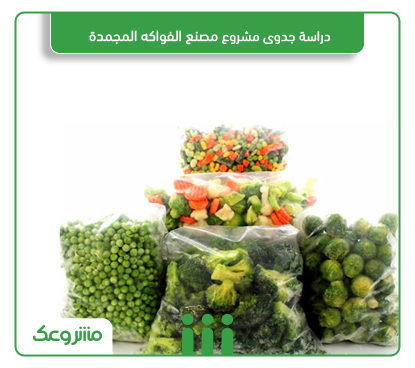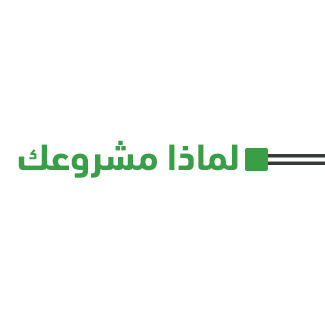Mashroo3k Consulting Company offers a comprehensive feasibility study for a frozen fruit factory project in the Kingdom of Saudi Arabia, with the highest profitability and best payback period, through in-depth studies of the industrial sector in Saudi Arabia, analysis of competitors’ strategies, and providing competitive pricing offers.

The frozen fruit factory manufactures a variety of frozen fruit products, and all kinds of jams. And others. The factory targets restaurants, hotels, sweet shops, and cafes. The frozen fruit factory is one of the vital projects in the Kingdom of Saudi Arabia.
Mashroo3k Consulting Company provides investors who wish to invest in a frozen fruit factory in Saudi Arabia, A range of specialized feasibility studies. It is based on up-to-date databases specific to the Saudi market. What makes a project successful. and maximize profitability. and the best payback period.




The Kingdom of Saudi Arabia has paved the way for development with its ambitious Vision 2030, which aims at economic diversification, the renaissance of non-oil sectors and increasing the contribution of the private sector to GDP, and this can only be achieved through the renaissance of industry and mining as two main tributaries in major economies, and the Kingdom is determined to increase their participation in its GDP by about 15%. When talking about industry in the Kingdom, it should be noted that it was not born out of the moment, but rather it has been extended and rooted since the discovery of oil in the Kingdom in the late thirties of the last century. Over the decades, the Kingdom spared no effort to develop its industry; it established the Industrial Development Fund (1974), the Royal Commission for Jubail and Yanbu (1975), and SABIC in 1976. The roles and tasks undertaken by these institutions and the programs they worked on to grow the industrial sector and develop its performance and working mechanisms are no secret to anyone. As a result of the efforts exerted years ago in this direction, the number of factories in the Kingdom today has increased to more than 10,000 factories. We, mashroo3k, believe in the importance of the industrial sector and its role in driving the economy, so we will present its most important indicators below so that anyone wishing to invest in it can be aware of them:
